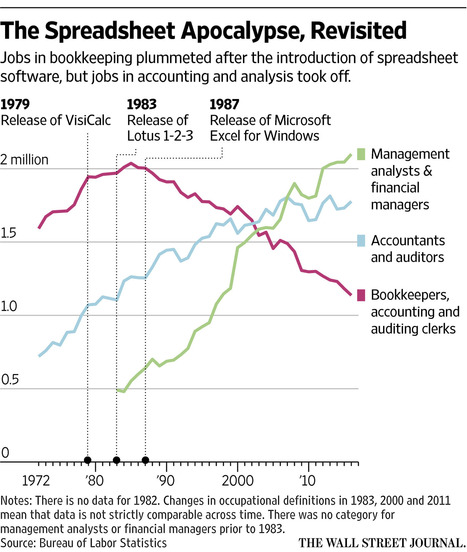(p. A1) WASHINGTON — It has been practically a given that anyone nominated for a federal judgeship by a Republican president had to pass an unspoken litmus test — usually on abortion but often on any number of divisive social issues.
The Trump administration has a new litmus test: reining in what conservatives call “the administrative state.”
With surprising frankness, the White House has laid out a plan to fill the courts with judges devoted to a legal doctrine that challenges the broad power federal agencies have to interpret laws and enforce regulations, often without being subject to judicial oversight. Those not on board with this agenda, the White House has said, are unlikely to be nominated by President Trump.
. . .
(p. A13) That the concept of “the administrative state” has become so central to politics today shows how successful the Trump administration has been in elevating to the mainstream ideas that once thrived mainly on the edges of conservative and libertarian thought.
A year ago it was a term known mostly among academics to describe the vast array of federal departments and the unelected functionaries who run them. It entered the mainstream political lexicon last year after the president’s former chief strategist, Stephen K. Bannon, pledged a “deconstruction of the administrative state” under Mr. Trump.
. . .
But this thinking has been advanced by many libertarian-minded conservatives who have long doubted whether the founders envisioned the creation of many New Deal and Great Society programs and the abundance of regulations that flowed from them.
“A lot of this, if you unpack it, I think it will get back to fundamental fairness,” said Mark Holden, general counsel for Koch Industries, which is led by Charles G. and David H. Koch, two of the biggest financial backers of the effort to elect office holders committed to deregulation and free-market enterprise.
The Trump judicial selection process, Mr. Holden added, was ultimately focused on “the size and scope of government and scaling it back, to the extent that it’s counterproductive and contrary to due process.”
For the full story, see:
Jeremy W. Peters. “New Litmus Test for Trump’s Court Picks: Taming the Bureaucracy.” The New York Times (Wednesday, March 28, 2018): A1 & A13.
(Note: ellipses added.)
(Note: the online version of the story has the date March 26, 2018, and has the title “Trump’s New Judicial Litmus Test: Shrinking ‘the Administrative State’.”)


